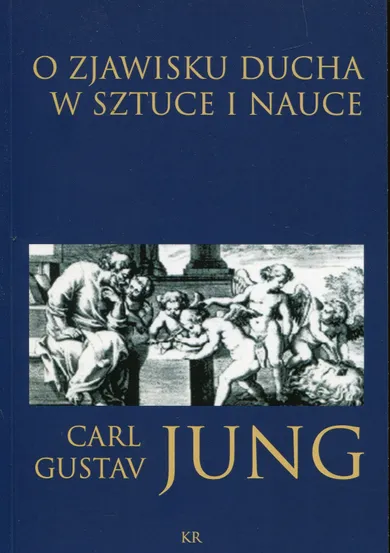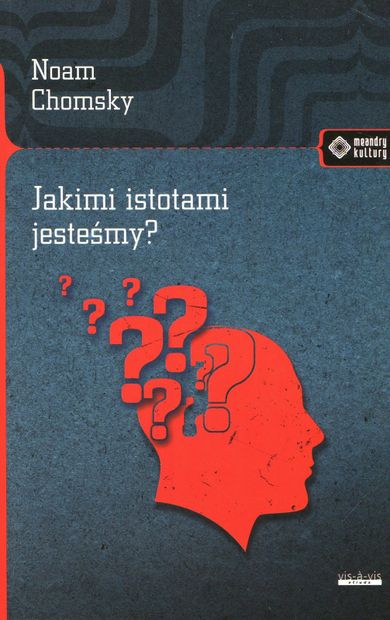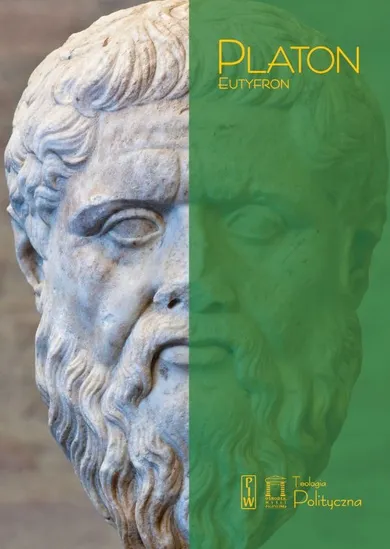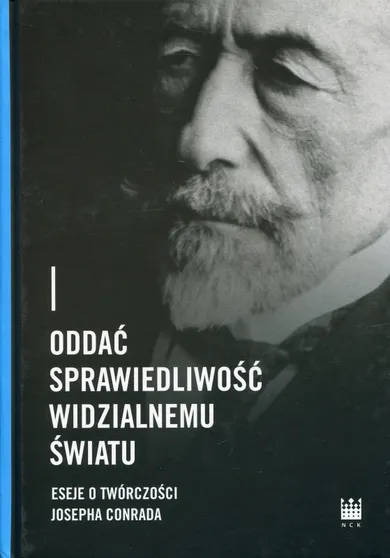

This book consists of five chapters. In the first chapter, we look at early Smti cosmogonies presented in MS 1 and MDhP 175176, 240. It is argued that the creation of the world is seen as a cognitive act during which one reality manifests its aspect within which it cognises itself in subjectobject cognition. Ontic changes are the results of epistemic transformations. The Composer of the MS presents a coherent model the levels of which corresponds to levels of creation of the self, beginning with mental abilities, then abilities for sensual cognition and finally the body endowed with the ability to move. The selves of reality are as follows: the cosmos, ritual, society, man and unmanifest reality present within them. All these manifestations are conceived in terms of man. In the second chapter we discuss the implications of creation conceived as presented in the first chapter. It will be shown that adopting the assumption about the primarily cognitive nature of creation allows for a new look at the ontology presented in the early Smti. Its basic implication are two perspectives as to how reality can be described. These two perspectives are already described by Yjavalkya in BU 34. The third chapter is devoted to a discussion of wrong cognition. It is argued that philosophical anthropology can be explained on the basis of the subject-object cognition scenario in terms of which the functioning of the cosmos is conceived. Wrong cognition causes man to treat the epistemic division of reality as ontic and himself as an ontically separate subject. Since cognition precedes being the way man thinks has ontic results. In the fourth chapter, we consider liberating cognition which is the opposite process to wrong cognition and consists of the decompression of the amalgamate agent, the radical transformation of consciousness and a change of cognitive perspectives from the perspective of the particular subject to the perspective of reality. We can call this the process of subjectivisation'. It begins with the proper desire to cognise oneself i.e., the unmanifest self of man. The fifth chapter is an analysis of the early Smti thought using some theories proposed in the humanities. The first two are developed within the framework of cognitive linguistics.. The third section of this chapter is devoted to the analysis of the theories of play (beginning with Johan Huizinga), philosophy (Eugen Fink, Hans-Georg Gadamer) and psychoanalysis (Donald Winnicott) and the possible use of these approaches to analyse early Smti thought. In the fourth section, we look at the concept of karman through the lens of the theory of responsibility proposed by Roman Ingarden to show the moral dimension of the early Hindu theory of action.
Nr produktu: 7071472
:
Producent
:
Kolekcja
:
Przedział wiekowy
:
Płeć
:
Marka
:
Nazwa przedmiotu
:
Licencja
:
Licencja Lego
:
Rozmiar
:
Kolor łóżeczka
:
Materiał zewnętrzny
:
Permanent
:
Buty
:
Aparat foto (mpix)
:
Bateria
:
Rodzaj baterii
:
Bielizna
:
Cechy fotelika
:
Cechy leżaczka
:
Cechy piórnika
:
Cechy plecaka
:
Cechy wózka
:
błędny
:
Czas pracy na akumulatorze
:
Czas trwania
:
Czy produkt wysyłany losowo?
:
Czytnik kart?
:
Autor
:
Długość wkładki
:
Długość wkładki (cm)
:
Dotykowy ekran
:
Dubbing polski
:
Format
:
Format dźwięku
:
Format pliku
:
Format video
:
Gatunek
:
GPS
:
Gramatura (g)
:
Liczba graczy
:
Liczba klocków
:
Liczba kół
:
Liczba nośników
:
Liczba sztuk w opakowaniu
:
Ilustrator
:
Jakość zapisu video
:
Jeans Fit
:
Język
:
Karta graficzna
:
Karta pamięci
:
Klasyfikacja ADAC
:
Klasyfikacja PEGI
:
Koła wózka
:
Lampa
:
Lektor
:
Lektor język
:
Lektor (tak/nie)
:
Liczba kartek
:
Liczba rdzeni
:
Materiały dodatkowe
:
Modem
:
Napisy
:
Nuta zapachowa - On
:
Nuta zapachowa - Ona
:
Obsada
:
Okrycia
:
Oprawa
:
Liczba stron
:
Pamięć RAM (GB)
:
Pamięć wewnętrzna
:
Permanent
:
Platforma
:
:
:
:
:
Zwiększona wytrzymałość
:
Zoom optyczny kamery
:
Zoom optyczny aparatu
:
Zoom cyfrowy
:
Zdjęcia 3D
:
Zdalnie sterowany
:
Zawartość pudełka
:
Wzór, aplikacja, motyw
:
Wysokość buta
:
Wymiary
:
Wymiary materaca
:
Wymiary łóżeczka
:
Wymagania sprzętowe
:
Wykonawca
:
Wyjście HDMI
:
Wydawnictwo
:
Wydanie
:
Wstrząsoodporność
:
Wodoodporność
:
WIFI
:
Wielkość ekranu
:
Wersja językowa
:
Wejście słuchawkowe
:
Wariant
:
Tytuł oryginalny
:
Typ nośnika - elektronika
:
Typ matrycy
:
Typ ekspresu
:
Typ dysku twardego
:
Transmisja danych
:
Tracklista
:
Tłumacz
:
Tematyka/Przeznaczenie
:
Technologia ekranu
:
System operacyjny
:
Sukienki
:
Stroje kąpielowe
:
Stabilizator obrazu
:
Sposób zapięcia
:
Skarpety/Rajstopy
:
Skala
:
Seria
:
Ruchomy ekran LCD
:
Rozmiary konceptu
:
Rozmiar ramy
:
Rozmiar pieluch
:
Rozmiar koła
:
Rozdzielczość ekranu - komputery
:
Rozdzielczość
:
Rok wydania
:
Rodzaj zeszytu
:
Rodzaj zabezpieczenia
:
Rodzaj termometru
:
Rodzaj ramy
:
Rodzaj pieluch
:
Rodzaj perfum - Ona
:
Rodzaj perfum - On
:
Rodzaj nośnika
:
Rodzaj napędu
:
Rodzaj materiału
:
Rodzaj laktatora
:
Rodzaj krzesełka
:
Rodzaj kredek
:
Rodzaj kredek
:
Rodzaj kosmetyków
:
Rodzaj koła
:
Rodzaj farb
:
Rodzaj ekspresu
:
Rodzaj bloku
:
Reżyser
:
Puzzle temat
:
Liczba puzzli
:
Przekątna ekranu
:
Przebranie postać
:
Projektor
:
Procesor
:
Postać z gry
:
Postać pluszaka
:
Pojemność (ml)
:
Pojemność dysku twardego (GB)
:
Przedział wagowy
:
Maks. ciężar dziecka (kg)
:
Temat puzzli
:
Moc (W)
:
Podmiot odpowiedzialny
:
Opis bezpieczeństwa
:






























